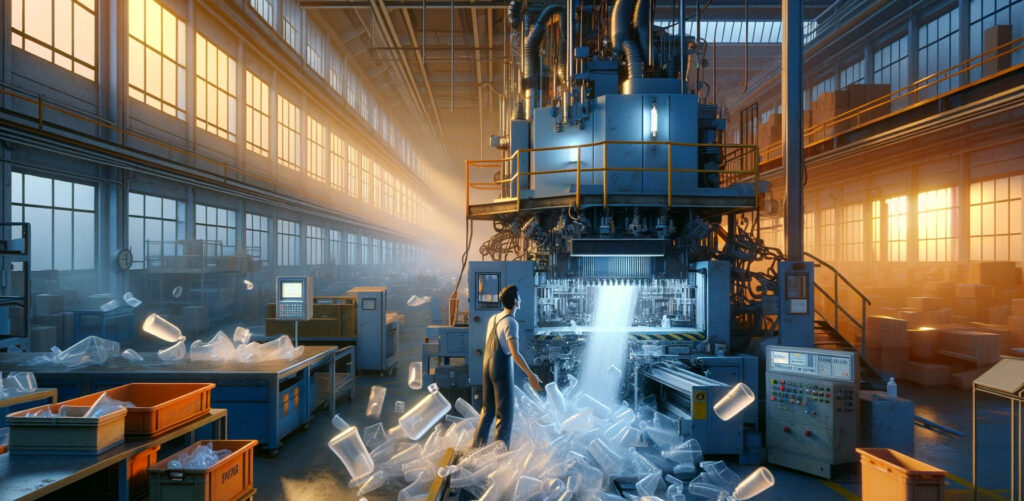You can’t avoid it. Drive through any industrial park or area in the Midwest, especially Michigan, and you’ll see construction projects everywhere. Giant factories, warehouses, distribution centers, battery plants, and more are all part of Michigan’s manufacturing renaissance. As the state experiences a significant resurgence in manufacturing jobs, factory leaders and HR professionals are at a pivotal crossroads. The challenge? Addressing the stark workforce gap that threatens to slow this industrial reawakening.
Michigan, a state once synonymous with automotive excellence, is now witnessing a broader manufacturing boom. The labor market has impressively rebounded, with 4,806,000 working-age Michiganders employed as of October, surpassing late 2019 figures pre-pandemic. Nationwide, the manufacturing sector is booming too, with a record $102 billion invested in new construction projects in the last year alone – a threefold increase from 2019. But where will the workers come from? With an unemployment rate dipping to 3.7% nationally and similar trends in Michigan, the question isn’t just rhetorical but a pressing reality for the industry

Five Strategies to Bridge the Workforce Gap
1. Embrace Community Partnerships: Collaboration with local educational institutions is key. Programs The Michigan Achievement Scholarship (MAS) offers financial aid to students training for in-demand jobs. Starting with the class of 2023, high school graduates and those who complete a high school equivalency are eligible for this state aid. The program provides up to $2,000 per year for up to two years for students enrolling in eligible career training programs in community colleges. Employers would be wise to recruit, invest, and market themselves to students who are taking advantage as well as putting current high-value employees on their payrolls into the program.
2. Redefine Industry Perception: Manufacturing jobs are often unfairly tagged as monotonous. It’s time to showcase the innovative and technologically advanced nature of modern manufacturing roles, making them more attractive to the younger workforce.
3. Offer Competitive Wages: ZipRecruiter lists higher per-hour wages in manufacturing in every neighboring state; Ohio, Indiana, Wisconsin, and Pennsylvania. The national average, and even in comparable Ohio, the manufacturing wage averages around $25 an hour. Michigan’s manufacturing pay (not counting unionized autoworkers) is almost 20% less than those states. Michigan factories must evaluate their pay scales. Competitive wages are the key factor in attracting and retaining skilled workers.
4. Utilize a Staffing Company: Staffing companies can handle the need for flexibility in your manufacturing operation. Rapid expansion, attrition, special projects, or managed growth require a lot of time and effort in hiring. A reputable staffing agency can market, hire, and onboard your workforce quickly, leaving you to spend more time on the expansion and day-to-day functions of the operation.
5. Invest in Automation and Training: Balancing technology and human talent is crucial. Investing in automation for repetitive tasks and upskilling employees for more complex roles can maximize productivity and worker satisfaction. The growth of AI in recent months, as well as upcoming AI development, will launch businesses that use the technology in conjunction with a well-trained and developed workforce to the forefront of their industries. AI for manufacturing is expected to grow from $1.1 billion in 2020 to $16.7 billion by 2026 – an astonishing CAGR of 57 percent. The growth is mainly attributed to the availability of big data, increasing industrial automation, improving computing power, and larger capital investments.
The factories are coming. The time is now for manufacturers to focus on long-term plans to attract the workers who will fill them.


